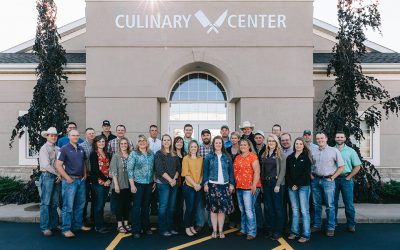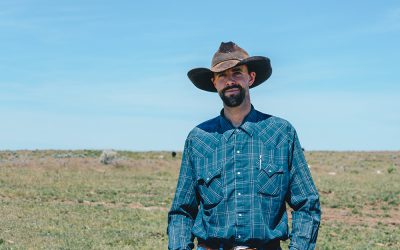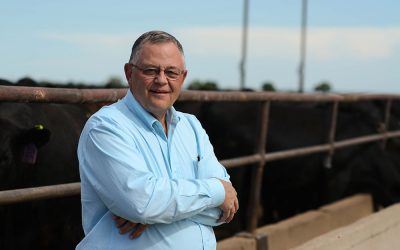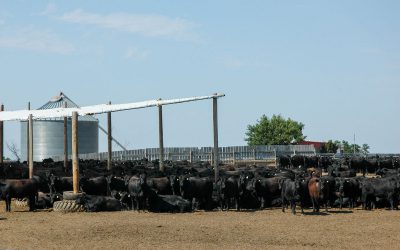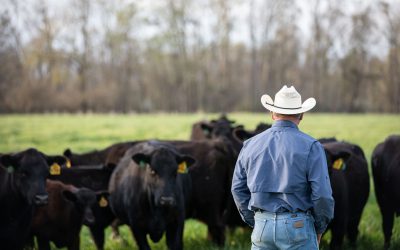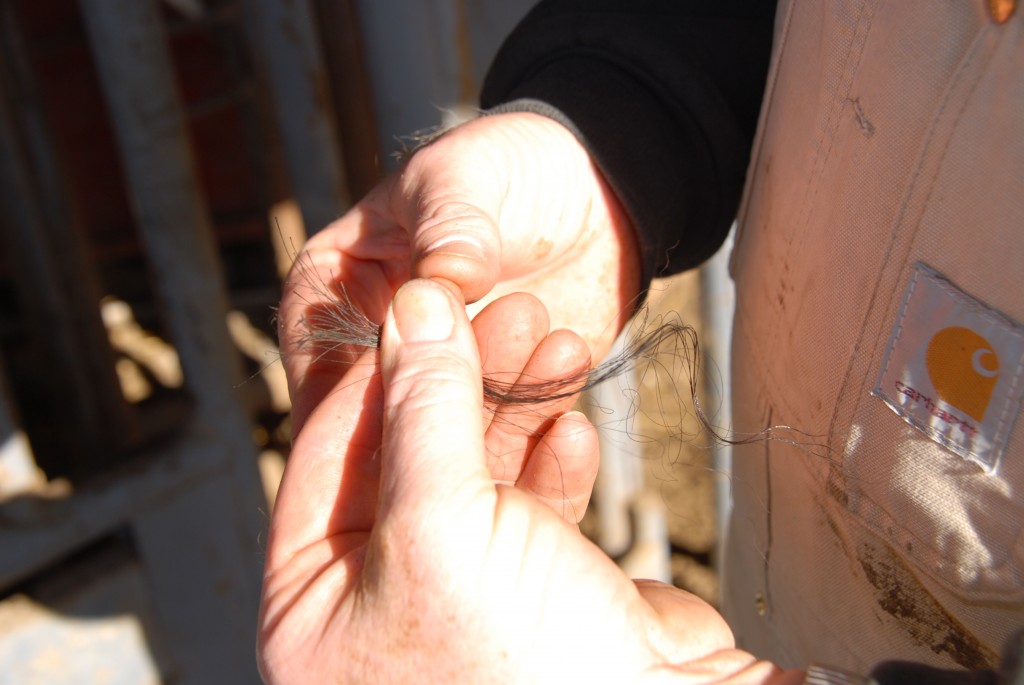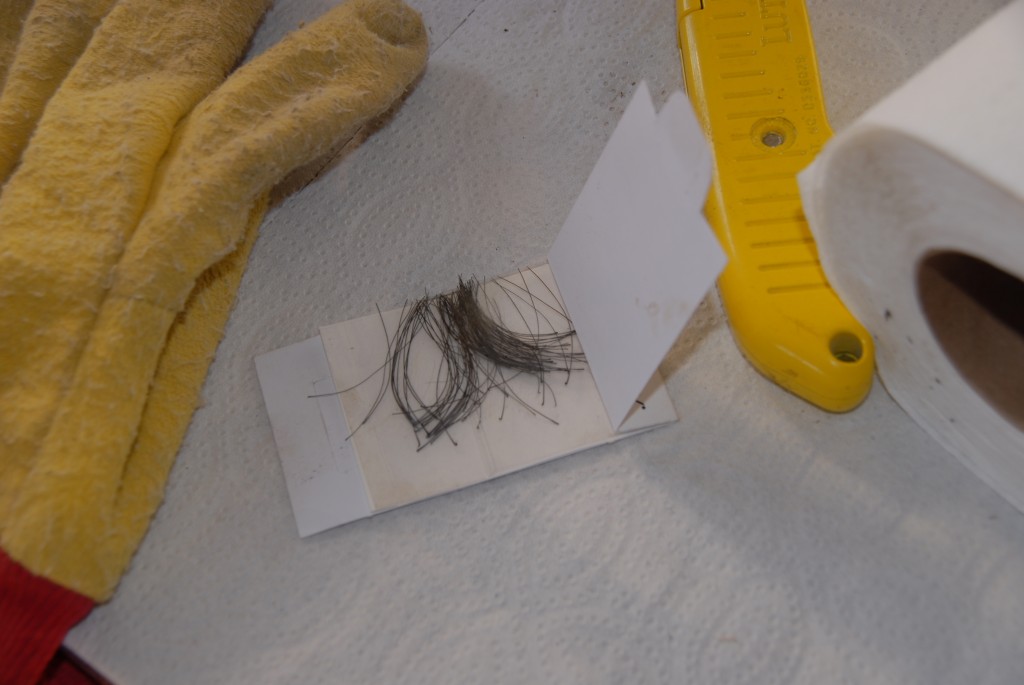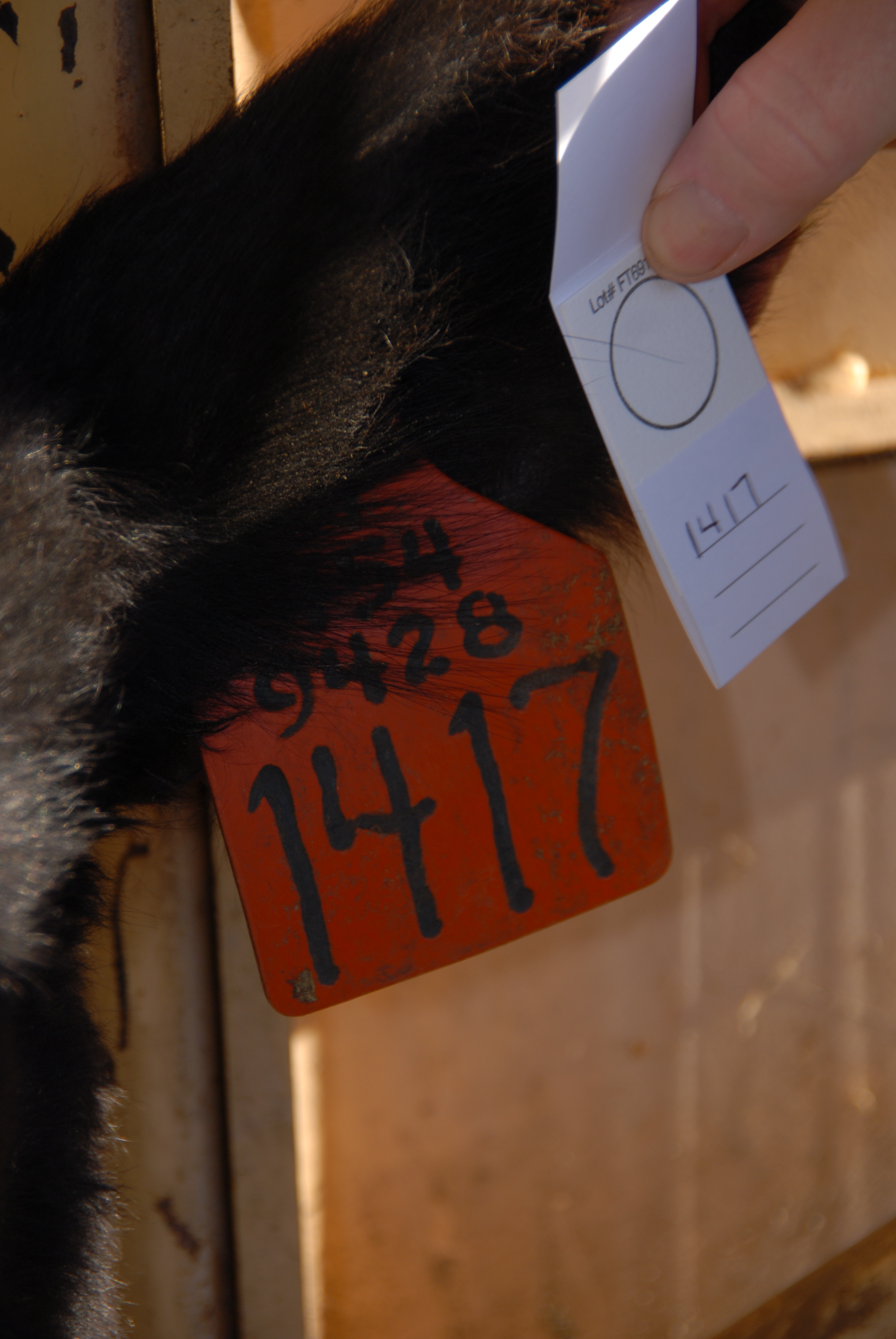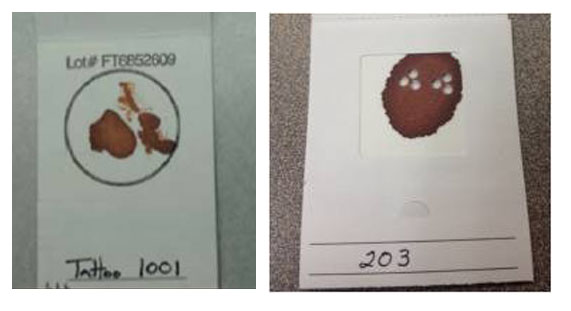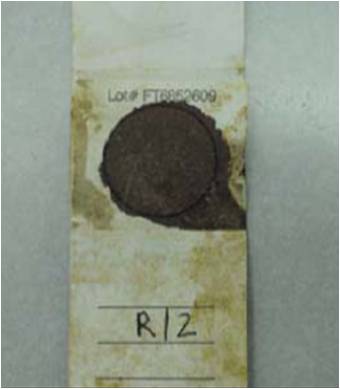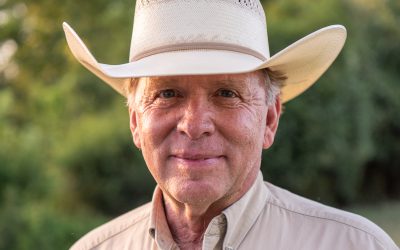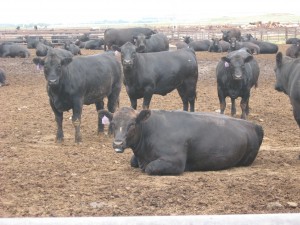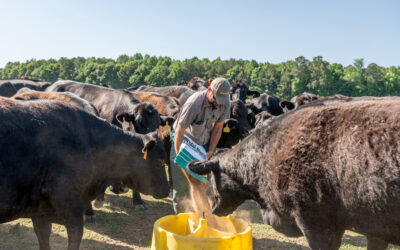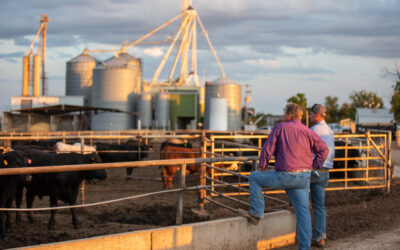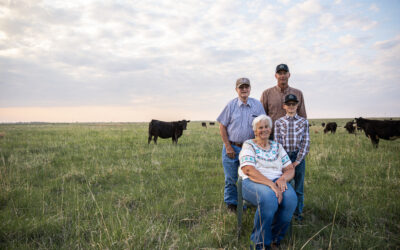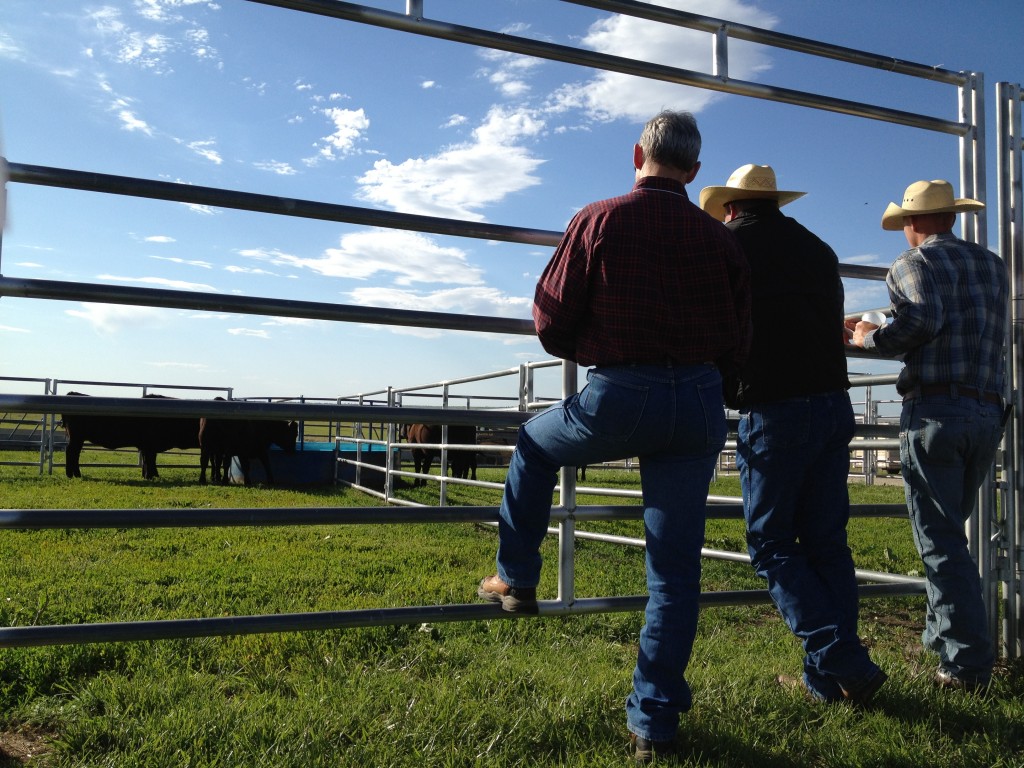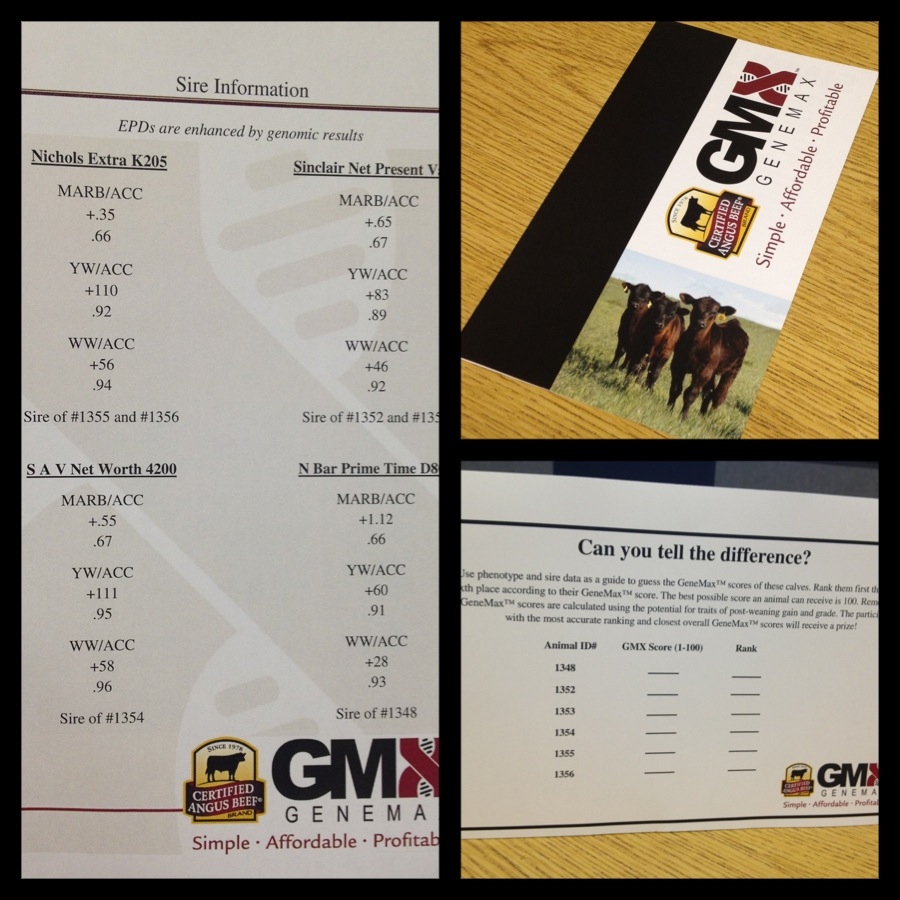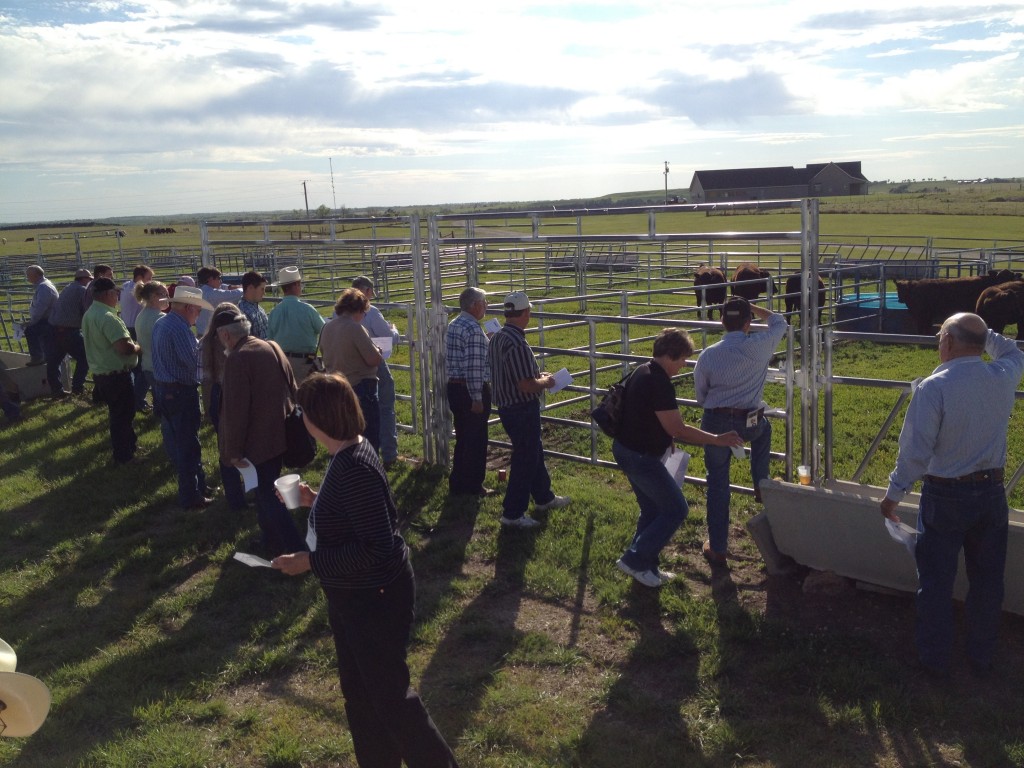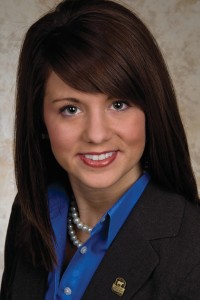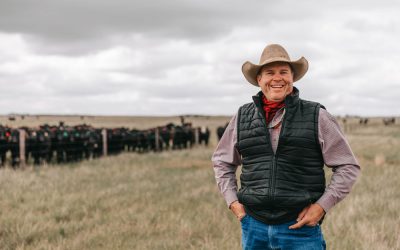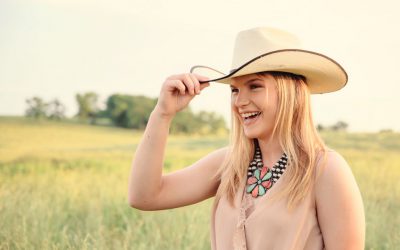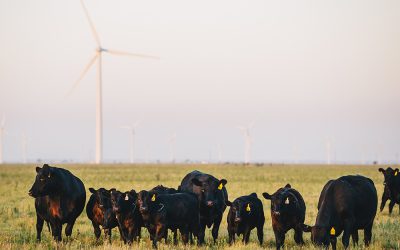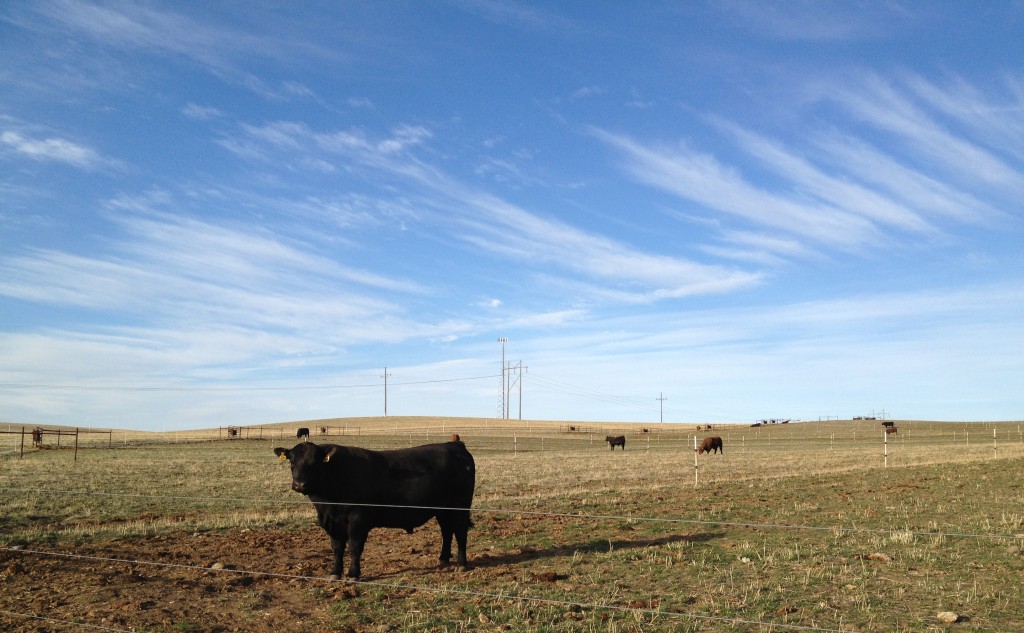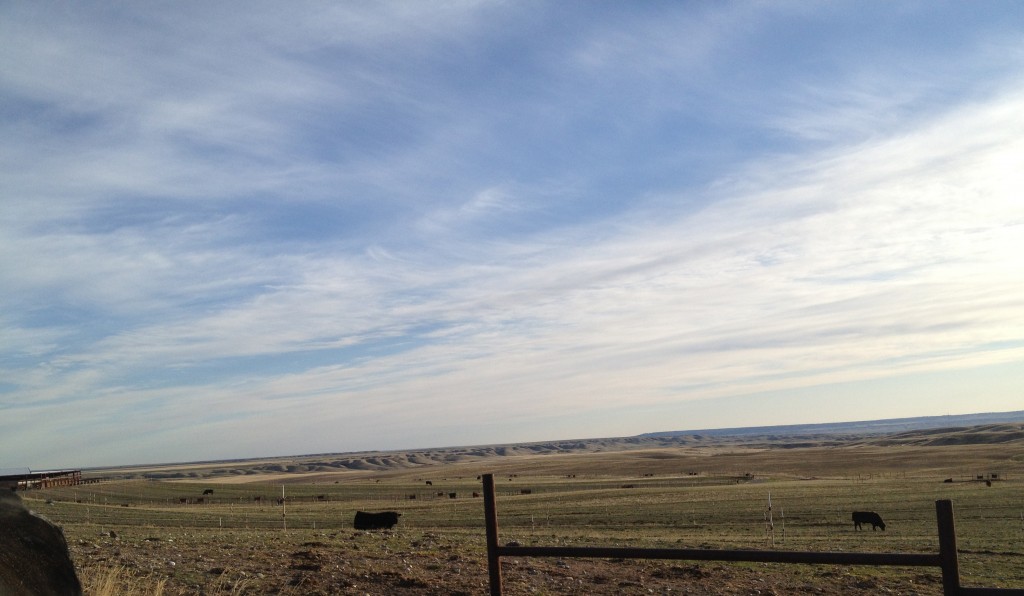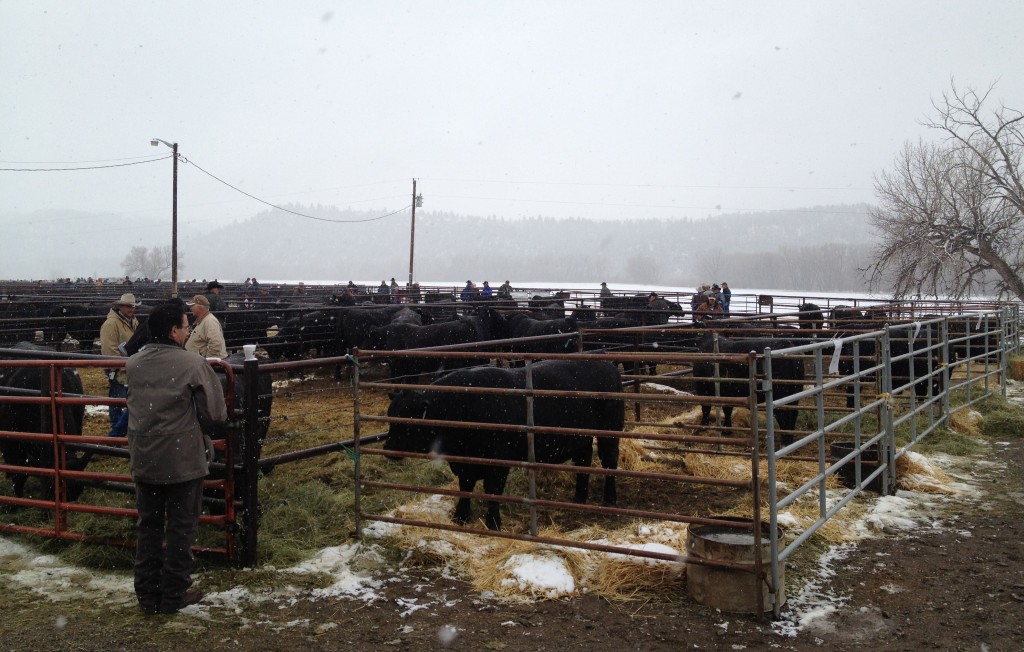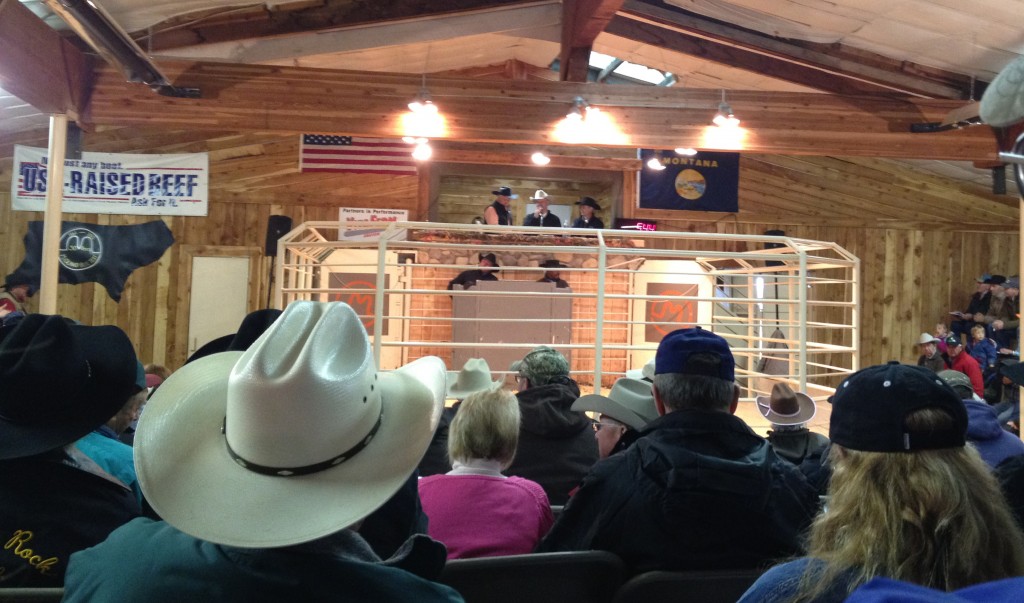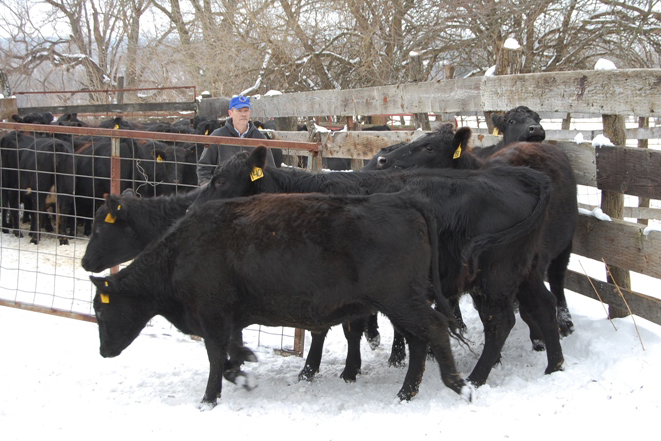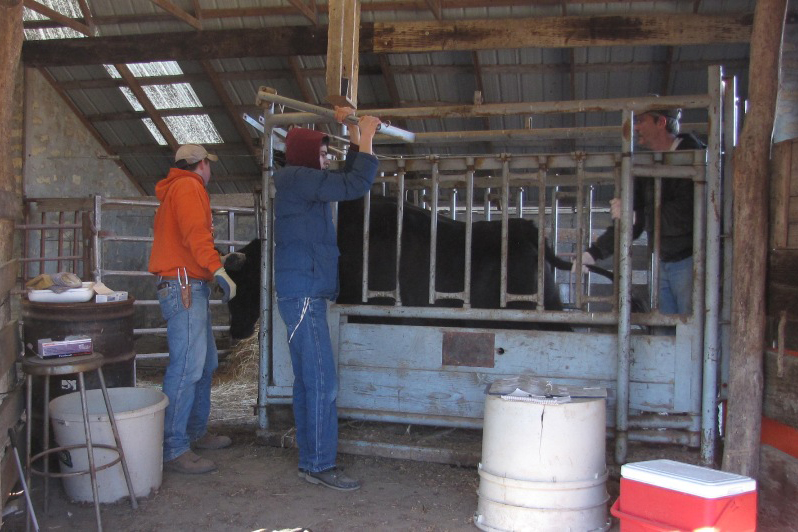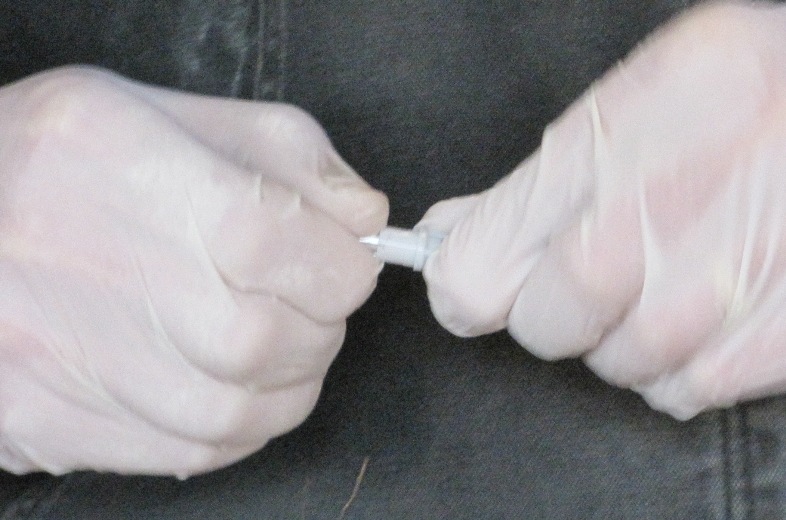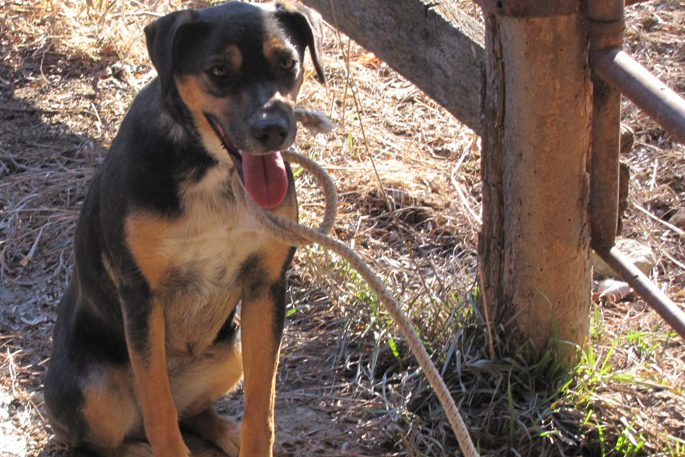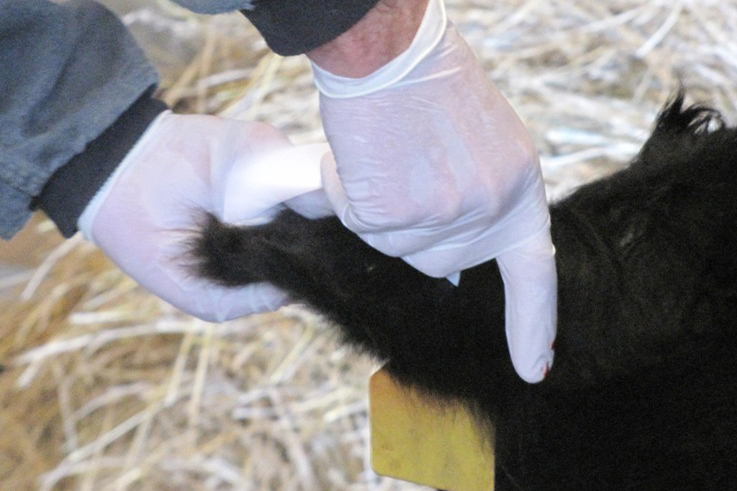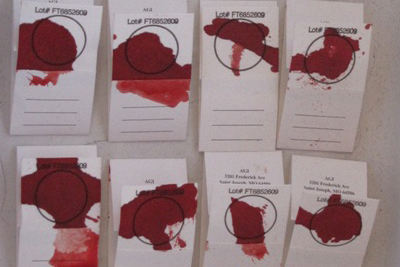
What to consider when you’re on the fence
“I sure wish we’d get some rain.”
“Another day over 100 degrees.”
“I had to turn another hay customer down today.”
“I need to get those cows in and start thinking about early weaning.”
“I’d sure like to keep more of my heifers back this year, but I don’t know where I’m going to get the pasture.”
The drought has hands-down been the topic of summer 2012.
If your crops and pastures have suffered from drought, chances are, you might have some difficult decisions to make this year on heifers after weaning. Maybe resources require you sell more of your heifers than usual, which means you need to be more focused than ever on selecting the most elite set to retain in the herd.

While you may be on the fence this year about how many heifers to retain or cows to cull, you don’t have to lose sleep at night wondering if you kept the right ones.
While the commercial Angus herd doesn’t come fully equipped with EPDs and pedigrees, there are still ways for those cattlemen to gain confidence in selection. Often times, the information that you already have can be a huge asset. Good records of how your calves perform can be a key indicator of the maternal quality in your herd – especially if you use similar sire groups. Consider partnering with a feedlot to get more information on feed efficiency and carcass quality. That last piece of the puzzle can come in handy when making cuts in the cowherd for next years’ team.
But what about this year’s heifers? Last week, Gary discussed GeneMax™ as another tool to cure your droughty blues in heifer retention. Without progeny data, it’s difficult to guess how young cattle will perform as part of the herd. Do you think you could tell without all of the tools?
A couple weeks ago, I introduced a contest on our Facebook page and asked folks to rank five heifers in terms of the potential each had for gain and grade. While we had several people take a stab at it, none of our entries ranked all five in the correct order. In all fairness, we were being a bit tricky. As some of our contestants pointed out, asking cattlemen to evaluate heifers on phenotype alone for gain and grade is hardly fair – especially when we’re using GeneMax™ scores as official placings.
That is exactly the point we were trying to drive home with the contest. In many cases, commercial Angus cattlemen don’t have data for young replacement heifers. In pastures where multiple bulls are turned out, or clean-up bulls are used to follow AI matings, you may not even be able to accurately identify complete pedigrees. Selection decisions are often made by the naked eye. A good set of feet and legs, a sound udder, and overall balance are undeniably important qualities in potential cows. However, in a year where maybe you can only afford to keep 10-15% of your heifers instead of 30-35%, consider using additional tools from the toolbox.
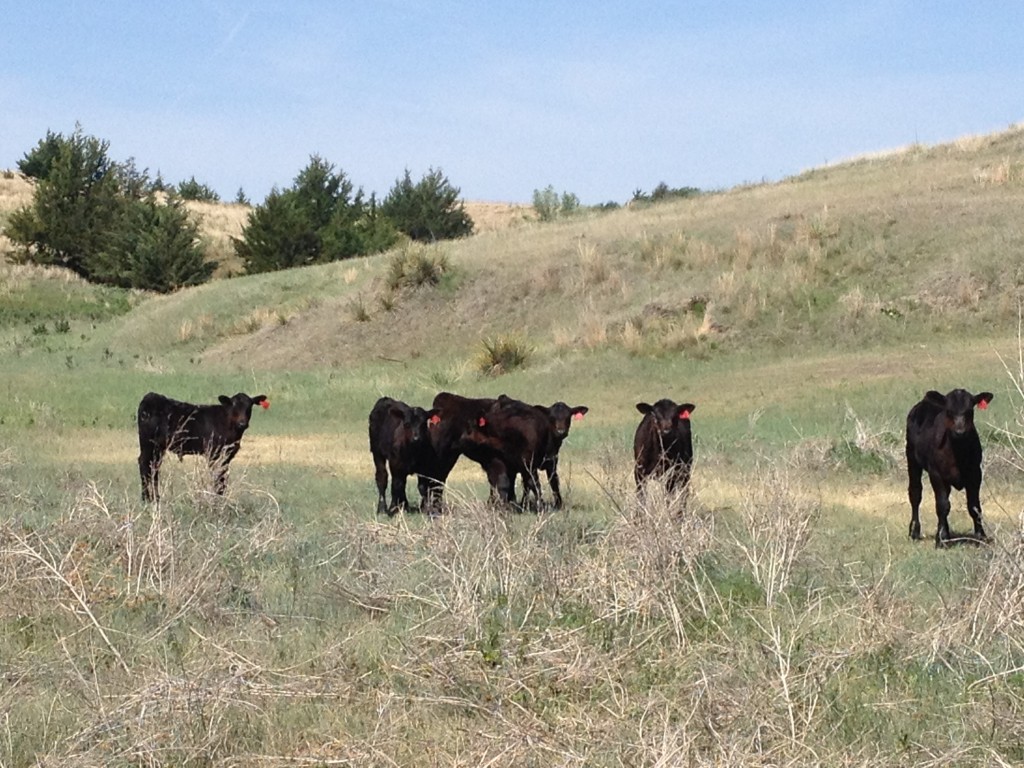
Whether it’s diving a little deeper into your records or using a genomic test like GeneMax™ to add more information to your females, don’t let this year’s heifer and cow selection be a gate-cut decision. In times where grass is short, corn is sparse and break-even costs are scary, the value of adding predictability to your herd is greater than ever.
Author’s Note: Congratulations to Heather Hamilton for winning our Facebook contest last week! She most-closely ranked the five heifers according to gain and grade potential. Look for your prize in the mail, Heather!
~Kara
You may also like
Beef Leaders Institute: An original experience
Past experience showed me enough to get where food comes from, but not enough to understand how it gets from point A to B and then to me. Now I get the beef story, and a huge part of the credit goes to the week I spent with the American Angus Association’s Beef Leaders Institute (BLI) in June.
Of dreams and going all in
“I wish I could just move west and buy a ranch.” It’s something I’ve heard my dad mutter for years. He’s been around agriculture all his life, stacking hay as a teen and raising Hereford steers for the freezer as an adult. But Maryland is not big country. These days, he’s living vicariously through his three daughters’ 4-H projects and FFA events (and my internship here at CAB of course).
Not one for small talk
Uncomfortable silence.
If you don’t like it, you know the kind. Perhaps you’re just getting to know somebody, and you reach a point in the conversation where that silence hangs heavy and it makes you uneasy.

